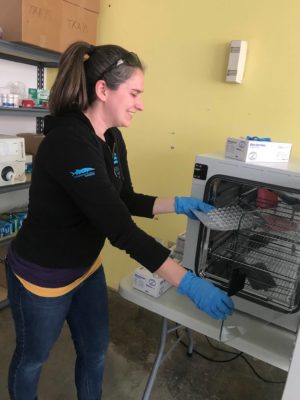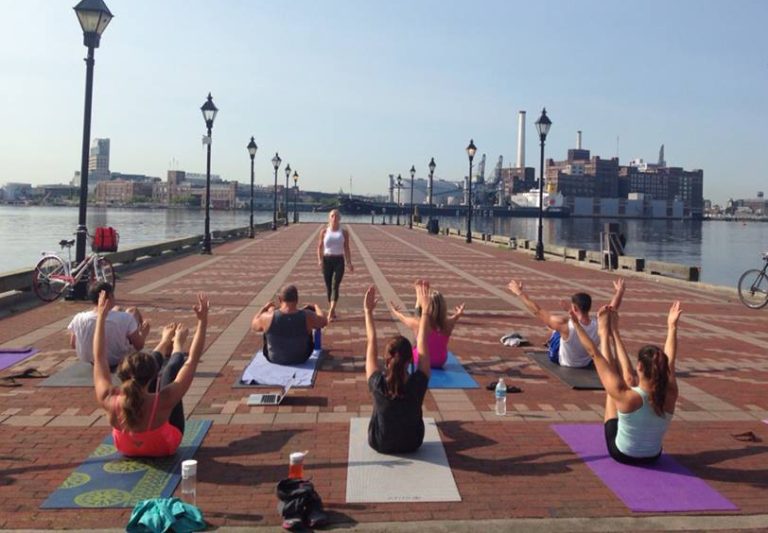Rapid Response for Safer Recreation
Baltimore suffers from poor water quality due to decades of chronic sewage overflows and polluted stormwater runoff. Crumbling pipes and a century-old design allow hundreds of millions of gallons of raw sewage to pollute our streams and Harbor annually. Nonetheless, people fish, kayak, and recreate in the Inner Harbor and other major portions of the Patapsco River and its tributaries. Residents are innately connected to their waterways but may not be aware that they are contaminated with bacteria, excessive nutrients, and legacy contaminants from an industrial past. In an effort to close this information gap, Blue Water Baltimore expanded our water quality testing program last year.

We began monitoring the Harbor for bacteria in 2009. Over the past 11 years, the monitoring program has evolved to include other measures of water heath such as nutrients and dissolved oxygen. For most of this time, Blue Water Baltimore has relied on a third-party lab to process water samples, which can take up to two weeks for results. While these results are helpful for overall evaluation of ecosystem health, regulatory purposes, and for tracking water quality changes, they are not helpful for public education and decision making about whether the water is safe to contact on a given day.
Last year, Blue Water Baltimore acquired equipment that allows for in-house rapid bacterial analyses, also known as IDEXX. Rapid bacteria equipment allows us to get bacteria results and post them online within 24-36 hours. We are now able to inform the public about bacteria levels at eight locations commonly used in the Baltimore Harbor in a timely manner, so that our community can make informed decisions about water contact and recreation. The results of these tests can be found at baltimorewaterwatch.org, our data platform providing user-friendly and in-depth information on current conditions at each of our 49 monitoring stations and 8 rapid bacteria sites. Bacteria in the water can and will make people sick; rapid bacteria monitoring empowers residents to make informed decisions about recreating on our waterways and contributes to public education about water quality.

Blue Water Baltimore’s rapid bacteria monitoring was made possible by the Jim and Patty Rouse Charitable Foundation and an anonymous family foundation.



